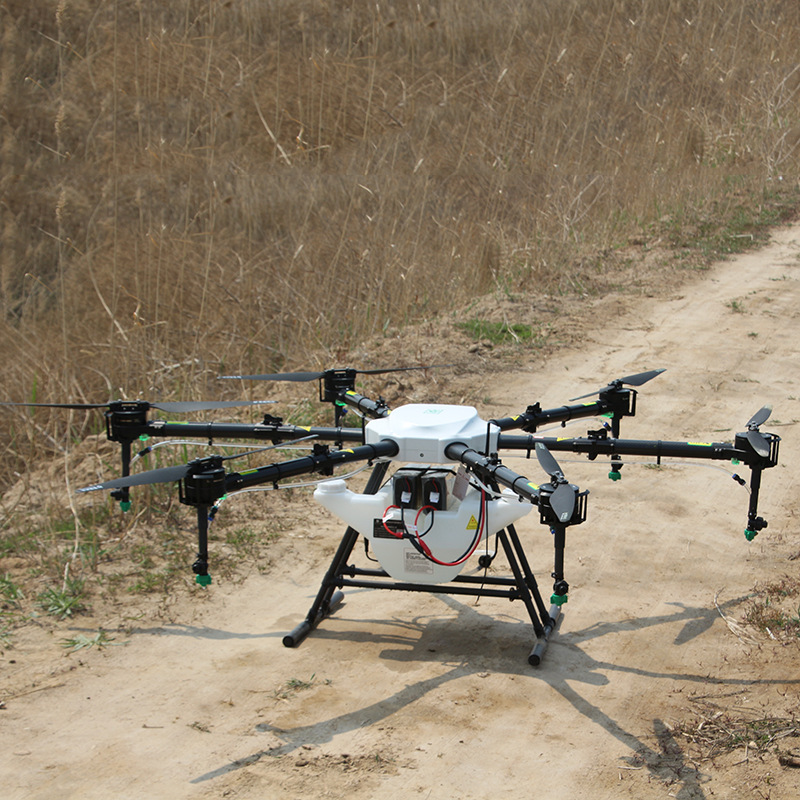
In the heart of Southeast Asia, Laos—a nation where agriculture employs over 60% of the workforce and contributes nearly 25% to GDP—faces a familiar yet pressing challenge: balancing productivity with sustainability amid growing demands for food security and rural development. As the country modernizes its agricultural practices, one technology is emerging as a game-changer: agricultural drones imported from China. These intelligent, agile machines are not just tools; they are catalysts for transforming traditional farming into a smarter, more efficient, and resilient industry.
Why Drones? Laos’ Agricultural Imperative
Laos’ terrain—dominated by rugged mountains, fragmented plots, and seasonal monsoons—poses unique hurdles for conventional farming. Smallholder farmers, who make up the majority of the agricultural sector, often struggle with labor shortages, uneven pesticide or fertilizer application, and crop monitoring inefficiencies. Manual spraying, for instance, is time-consuming, costly, and exposes workers to harmful chemicals. Meanwhile, erratic weather patterns demand precise, timely interventions to protect yields.
Enter agricultural drones. Unlike ground-based machinery, these aerial systems navigate complex topography with ease, reaching remote or steep fields that tractors or humans cannot access quickly. Equipped with cutting-edge sensors, AI-driven flight planning, and variable-rate spraying technology, they deliver targeted inputs—whether water, fertilizers, or pesticides—reducing waste by up to 30% while ensuring crops receive optimal care. For Laos, where arable land per farmer averages just 1.5 hectares, this precision translates directly to higher returns and lower input costs.
Chinese Drones: Tailored for Lao Fields
When Lao farmers and agribusinesses seek reliable drone solutions, Chinese manufacturers stand out for their ability to marry advanced technology with practical adaptability. Unlike generic drones, those designed for agriculture are built to thrive in Lao’s conditions:
-
All-Weather Resilience: Many models feature robust frames and IP-rated components, shrugging off humidity, dust, and light rain—common in Laos’ tropical climate.
-
Intelligent Spraying Systems: Equipped with high-pressure nozzles and flow sensors, these drones adjust spray volume in real time based on crop density and terrain, preventing over-application and runoff.
-
Ease of Operation: User-friendly interfaces and localized training programs (often supported by Chinese exporters) empower even non-technical farmers to master drone control within days. Some models even integrate satellite or drone-captured imagery to generate field health maps, guiding farmers on where interventions are most needed.
Beyond hardware, Chinese suppliers prioritize after-sales support. From spare parts logistics to on-ground technical teams, they ensure Lao users face minimal downtime—a critical factor for seasonal farming windows.
Transforming Lives: Case Studies from the Field
In Laos’ Savannakhet Province, a region known for rice and maize cultivation, a cooperative of 50 smallholder farmers recently adopted Chinese agricultural drones. Previously, spraying 100 hectares required 20 workers and three days; now, two drones complete the task in six hours. “We save on labor costs, avoid chemical exposure, and our yields have increased by 15% because the drones target pests early,” says Phet, a cooperative leader.
Similarly, in Luang Prabang, a coffee plantation struggling with uneven fertilizer distribution saw its bean quality improve after drones applied micronutrients precisely to stressed plants. “The drones don’t just save time—they make farming smarter,” notes the plantation manager.
A Partnership for Sustainable Growth
The adoption of Chinese agricultural drones in Laos reflects a broader trend: technology transfer driving inclusive development. For China’s drone industry, this represents an opportunity to share expertise in precision agriculture. For Laos, it’s a leap toward reducing post-harvest losses, lowering environmental footprints, and empowering rural communities.
Looking ahead, collaborations may expand to include drone-based crop insurance assessments, yield forecasting, and even seed planting—a potential game-changer for hard-to-reach areas. As Lao agriculture embraces digital tools, these drones are not just flying machines; they are bridges connecting tradition with innovation, and local needs with global technological progress.
In a world where food systems must feed 10 billion people by 2050, solutions like Chinese agricultural drones in Laos offer a blueprint: scalable, sustainable, and rooted in shared success.
This article highlights the practical impact of Chinese agricultural drones in addressing Laos’ unique farming challenges, emphasizing technology adaptation, economic benefits, and collaborative growth—all while avoiding specific company names.
THE END

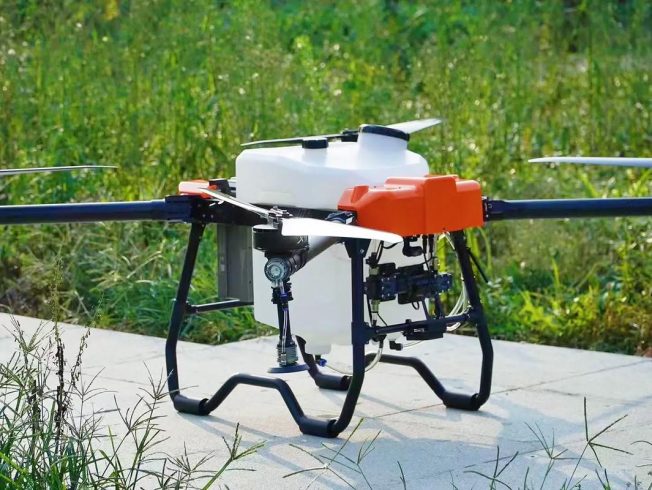
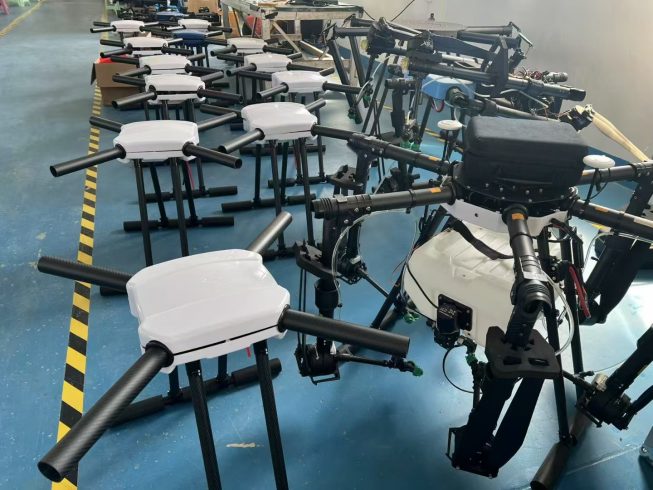
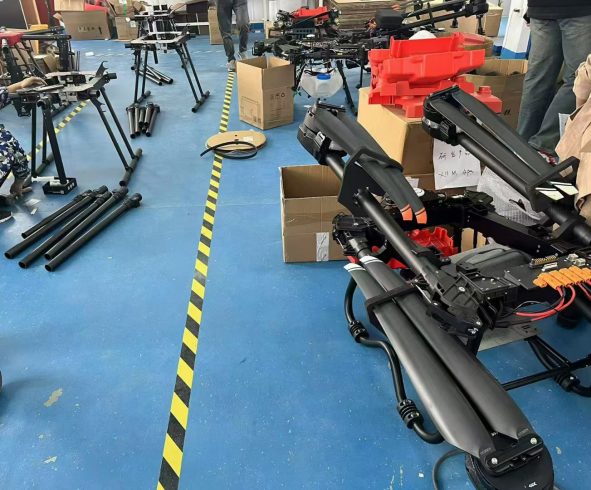
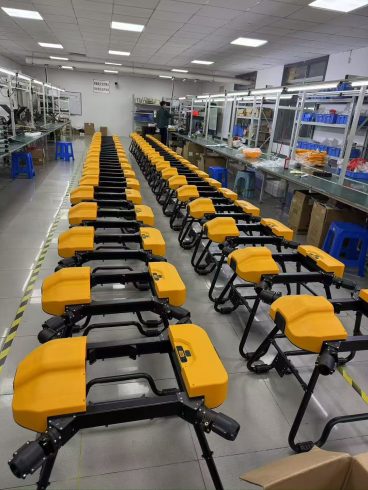



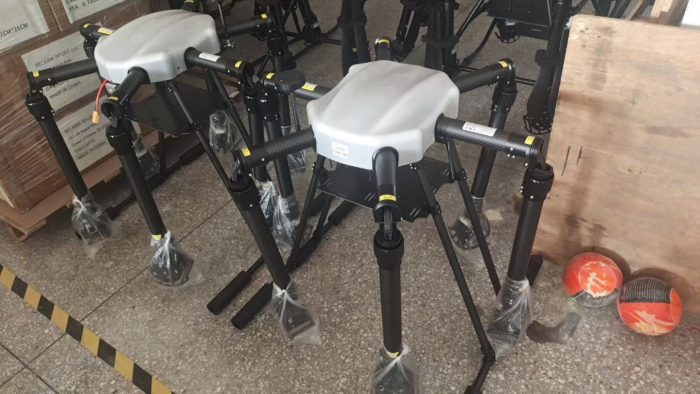
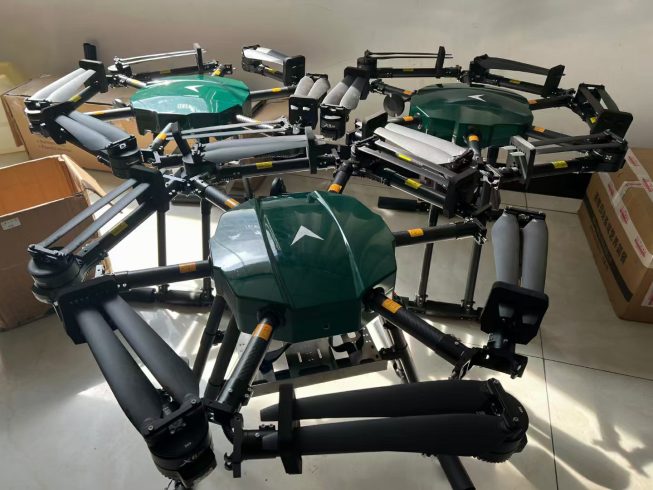
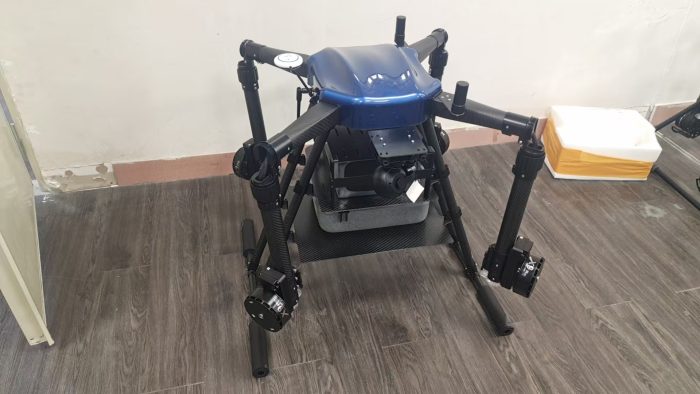

暂无评论内容